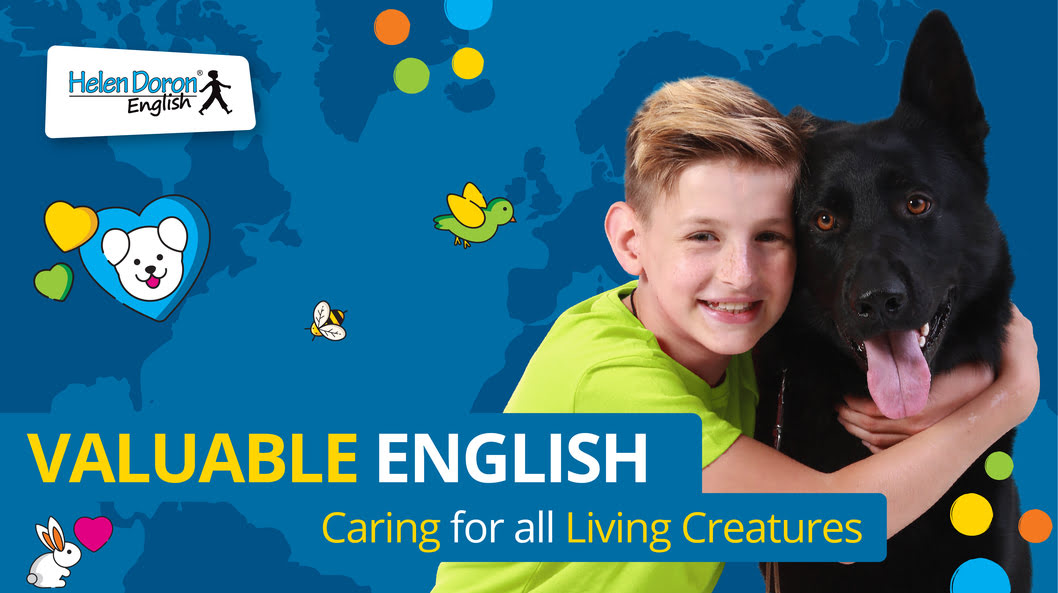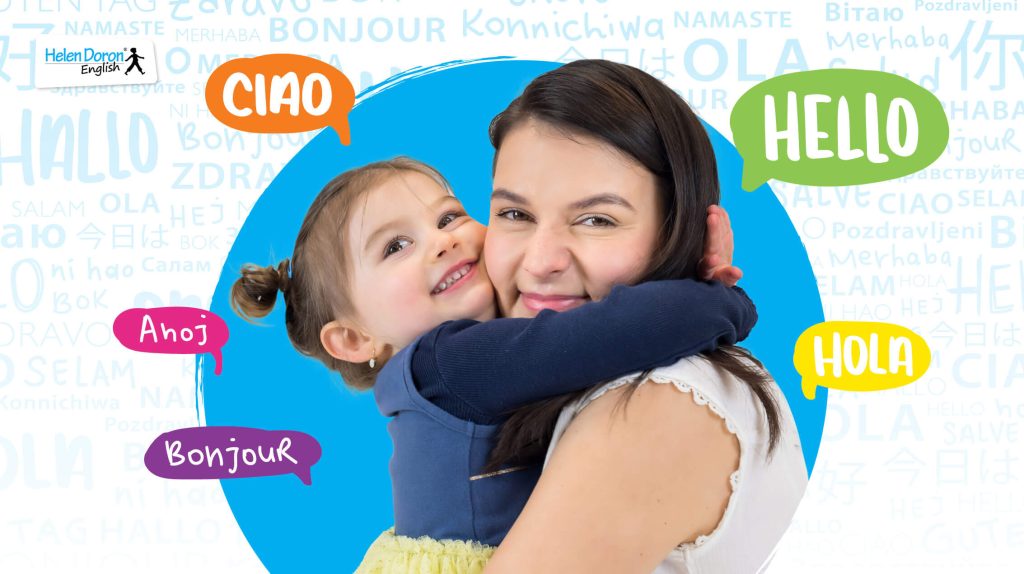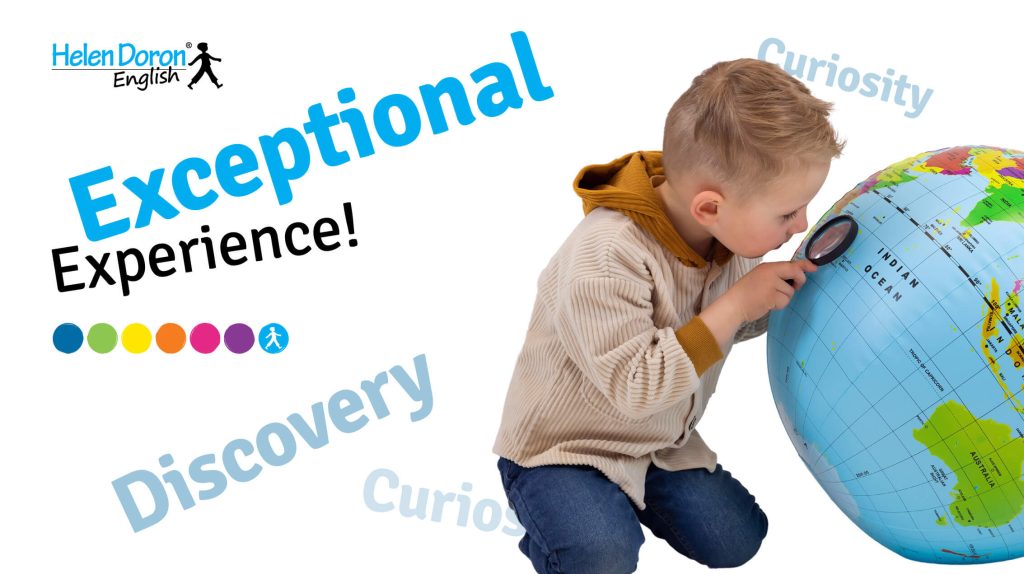Introduction
Language is more than a tool for communication; it’s a vital way to understand and express emotions from infancy to adulthood. This post delves into the intriguing relationship between language, empathy, and caring. Our ability to communicate through words shapes our worldview and capacity to care for others.
We explore questions like: Can we feel with words? Can we genuinely care for something we can’t name? Is caring possible without language? We examine the role of language in empathy, highlighting the importance of words in fostering kindness and discussing how learning language enhances our ability to care for all livin things.
The Power of Words
Our thoughts and feelings are tied to the words we use to express them. Words shape our understanding and view of the world, allowing us to empathise by putting our feelings into words and sharing them. For example, the word “love” invokes warmth and affection, while “fear” elicits anxiety and stress. This emotional connection of words is powerful in building empathy and understanding.
When a child learns the word “sad,” they not only learn to name their own feelings but also to recognise and empathise with sadness in others. This understanding is a crucial step in developing emotional intelligence and empathy. When we describe our happiness or sadness, we share our emotional state and process and understand these emotions better.
Feel What You Say
The power of words extends beyond their literal meanings. Words can evoke sensations and feelings, influencing our perception and understanding of the world. This is particularly evident in onomatopoeic words, which sound like what they mean. For example, “buzz” describes a bee’s sound and sounds much like a bee, and “hum” sounds like someone humming. It almost feels like something is breaking in your throat when you say “crack”, and your tongue and mouth hiss and tingle like oil in a hot pan when you say “sizzle”.
This is true for many words, not just sound-imitating words. Think about the word “slither.” It makes you picture a snake moving smoothly and quietly, right? Now, what if we called it “jump”? The picture and the feeling you get from the word would change a lot, wouldn’t it?
How words sound when we say them, whether soft or hard, makes us FEEL what they mean. Our whole body and facial expressions change with the sound and meaning of a word. The soft and jolly-sounding “joy” brings happiness and lightness, while the sharp and low-sounding “sorrow” brings a feeling of heaviness and sadness. This physical and emotional response to words shows their power in shaping emotions and building empathy.
Language and Empathy
Language allows us to share our feelings and connect with others emotionally. We demonstrate care and understanding by attentively listening and using words to validate experiences. This is particularly evident in parenting, where we often label our children’s feelings, such as, “Are you sad because you dropped your pacifier?”. This practice helps children identify and manage their emotions, fostering empathy and teaching them to use language to understand and express feelings.
This ongoing dialogue between parent and child nurtures emotional intelligence and empathy, equipping the child with the skills to navigate their emotions and empathise with others. For instance, if a child expresses fear of the dark, acknowledging their fear and discussing it can help. Naming an emotion like fear makes it less abstract, helping a child cope. The same applies to naming sources of sadness or irritation; providing a verbal framework to process emotions helps children feel understood and cared for.
Naming and Caring
A name is more than a word; it’s a symbol filled with emotional power and subjective meaning. It can evoke a range of emotions, memories, and associations. This emotional potency of names plays a significant role in fostering care and empathy. When we name something, we humanise it, creating a more profound sense of connection and responsibility. For instance, many children give their pacifier a pet name, choosing a term of endearment over a noun that is difficult to pronounce in infancy. When a child names an item, a pet or a toy, they develop a stronger emotional bond with it, extending to a sense of responsibility and care for its well-being.
The sound of a spoken name impacts our body and mind. Consider your reaction to the sound of your name, or the name of a loved one. It resonates deep inside you, doesn’t it?
The sound of a name evokes an emotional reaction. Think of a child playing with action figures – superheroes versus villains. The hero likely has an inspiring name, while the villain’s name sounds more menacing. The physical and emotional response to these names is significant. Just think about how you feel – physically and emotionally – while saying a villain’s name, like “Rumpelstiltskin”, compared to how you feel when the names of Helen Doron English characters like “Flupe”, “Millie” or “Polly”. Children often name pets or favourite toys with cute, gentle, or funny names. Popular dog names like “Luna” or “Milo” are short and playful, helping us connect with our pets and care for them deeply.
What’s in a Name?
Taking inspiration from Shakespeare’s famous line, “A rose by any other name would smell as sweet,” we take things further. Shakespeare referred to the fight between the Montagues and the Capulets in Romeo and Juliet, suggesting that their last names, or “names,” didn’t matter to their worth or qualities. But let’s think about this: would a rose by any other name bring the same emotional response? Would you feel the same towards this beautiful flower if it was called “Smelly Poo”?
Shakespeare’s question makes us think about the expressive power of names and labels. While a rose might still smell as sweet by any other name, our emotional response to it might change based on its name. This is because the act of naming, of giving labels and emotions to objects and living beings, makes our connection deeper and our ability to care stronger. So, while a rose by the name of ” Smelly Poo” might still smell as sweet, our emotional connection with it might not be as sweet.
Empathy and Language Learning
Learning an additional language can greatly contribute to developing empathy and care. Exposure to different cultures, perspectives, and experiences through language education broadens our understanding and builds compassion for others. At Helen Doron English, we include empathy-building activities like role-playing, storytelling, and discussions in our language lessons. These activities encourage learners to connect with and care for all living things, building a global community of caring individuals.
Our English classes incorporate empathy-building activities like role-playing, storytelling, and discussions to encourage learners to connect with and care for all living things. For example, a role-playing activity might involve students acting out a scenario where they must show empathy and care, such as comforting an upset friend. These activities enhance language skills and foster empathy and caring attitudes.
Feeling in Different Languages
Different languages have unique words encapsulating specific emotions, reflecting cultural nuances and unique emotional landscapes. For instance, the German word “Sturmfrei” signifies the happiness of having the house all to yourself, a feeling not captured by a single English word. Similarly, the Japanese word “Ikigai” describes the joy found in daily purposeful activities, again, not describable by a single English word. Conversely, English has words like “awkward,” defining a uniquely British blend of embarrassment, discomfort, and uncertainty.
This highlights that our feelings are personal and shaped by our culture and language. The words we use to express our emotions are more than labels; they shape our senses and provide diverse ways to understand and experience the world. In today’s globalised world, where bilingualism and biculturalism are common, the more we empathise and understand each other, the happier the world will be.
Conclusion: The Power of Language in Fostering Empathy
Language is more than a tool for communication; it’s a gateway to empathy. We express our emotions, understand others’ feelings, and build connections through words. Naming deepens our bond with things and beings, fostering care and responsibility. Non-verbal cues and body language further allow us to communicate feelings, even without words, enhancing our understanding of others, including our pets.
Learning a new language broadens our understanding and fosters empathy, exposing us to different cultures and perspectives. In our interconnected world, empathy is crucial. Through language, we can build bridges of understanding, fostering a global community of caring individuals.
Let’s use our words wisely, for they can shape our world and how we care for each other!
References
Austin, E. J., Saklofske, D. H., & Egan, V. (2004). Emotional intelligence and empathy: Their relation to multicultural competence among college students. Journal of Applied Social Psychology, 34(4), 745-767.
Decety, J., & Jackson, P. L. (2006). The role of language in the development of empathy. Current Opinion in Neurobiology, 16(6), 1-5.
Dylman, A. S., Champoux-Larsson, M. F., & Zakrisson, I. (2020). Culture, Language and Emotion. Online Readings in Psychology and Culture, 10(1). https://doi.org/10.9707/2307-0919.1167
EF Education First. (2021). 14 more Japanese words with no English translations. Retrieved from https://www.ef.com/wwen/blog/language/14-more-japanese-words-with-no-english-translations/
Eisenberg, N., & Miller, P. A. (2005). Empathy and moral development: Implications for caring and justice. In Cambridge Handbook of Thinking and Reasoning (Vol. 1, pp. 573-598).
Hughes, C., & Leekam, S. (2004). The relationship between language and theory of mind in development and autism. Autism, 8(4), 425-437.
Killing, A., & Martin, A. (2018). The role of language in moral development: A social-pragmatic approach. Frontiers in Psychology, 9, 1299.
Lecce, S., et al. (2017). Language and empathy: Investigating the links between vocabulary and empathy in young children. Journal of Child Language, 44(5), 1-18.
Locate Translate. (n.d.). 50 German words with no English translation. Retrieved from https://locatetranslate.co.uk/50-german-words-with-no-english-translation/
Morawetz, C., Bode, S., Derntl, B., & Heekeren, H. R. (2017). The effect of strategies, goals and stimulus material on the neural mechanisms of emotion regulation: A meta-analysis of fMRI studies. Neuroscience & Biobehavioral Reviews, 72, 111-128.
Peterson, C. C., & Slaughter, V. (2004). Language, empathy, and the origins of theory of mind. Mind & Language, 19(1), 3-25.
Shablack, H., & Lindquist, K. A. (2019). The role of language in emotional development. Handbook of emotional development, 451-478.
Tomedes. (2023). English words that can’t be translated. Retrieved from https://www.tomedes.com/translator-hub/english-words-translated.php
Vygotsky, L. S. (2005). The role of language in the development of emotion regulation. Journal of Consciousness Studies, 12(12), 5-33.
Zaki, J., & Ochsner, K. (2012). Empathy, language, and communication: A neurobiological perspective. Trends in Cognitive Sciences, 16(9), 1-5.








